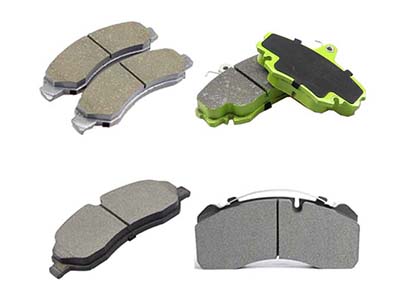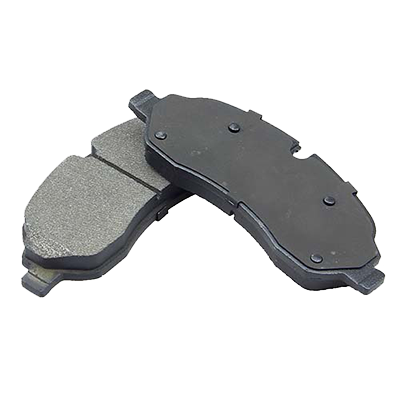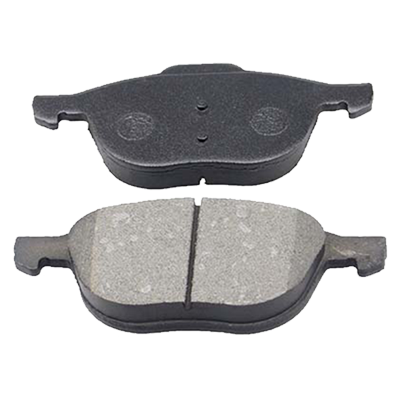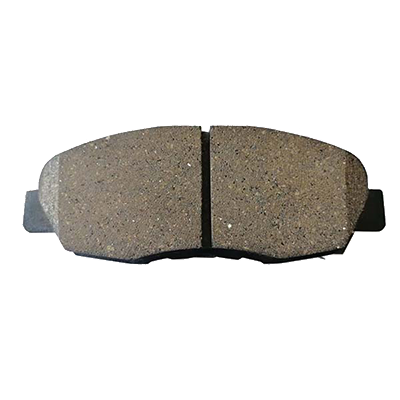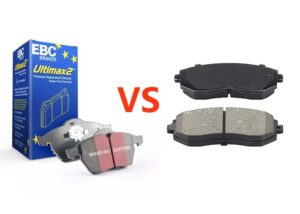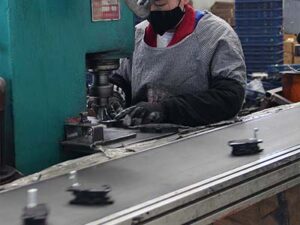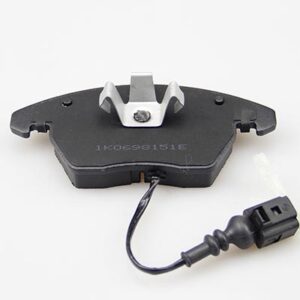Have you ever wondered how your vehicle safely comes to a stop when you gently press the brake pedal? Brake pads are crucial components in the automotive braking system, yet few explore their workings and the differences between various types. In this article, KETULLA will delve into the different types of brake pads and provide you with a guide to choosing the ones best suited for your vehicle. Let’s explore the world of brake pads together!
As a manufacturing factory with 24 years of experience, KETULLA has produced a total of 96 million sets of brake pads. It is through this accumulated experience that we have established our current corporate image and gained recognition from our customers. Understanding the types of brake pads essentially means understanding the materials used in each type. This provides us with a clearer understanding of their names and functions and enables us to offer a reference for choosing the right brake pads.
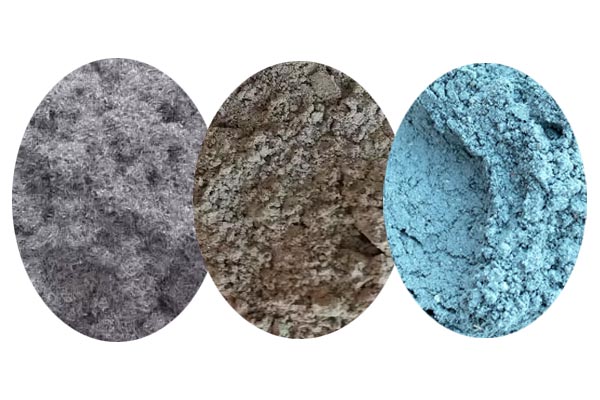
friction materials composition
The basic composition of brake pads currently available in the market consists of
- Shim
- Steel backing,
- steel backing adhesive
- friction material
At KETULLA, the steel backing is formed using internationally standard 10mm stainless steel through cold pressing. The friction material comprises a binder, metal fibers, ceramic fibers, phenolic resin, aramid fibers, and various fillers, which are heat-pressed onto the steel backing. The role of the shim is to suppress vibrations, thereby reducing noise. It effectively reduces noise generated by braking. KETULLA utilizes stainless steel or high-quality heat-resistant materials for this purpose.
We typically classify brake pads based on the proportion of key components in the friction material: semi-metallic, low-metallic, ceramic, or collectively referred to as Non-asbestos. In China, asbestos has been strictly prohibited from use in brake pads due to its significant environmental impact and adverse effects on human health. According to the revised regulation 《GB5763-2018》, this has been explicitly stated.
Low metallic
Low-metallic brake pads are the most economical option, as they typically consist of 10% to 30% metal fibers, phenolic resin binder, graphite particles, and other fillers. These fillers primarily serve to suppress thermal expansion and contraction of the composite material, thus enhancing bonding strength.
Due to the presence of metal fibers in this formulation, research has shown that vehicles equipped with these brake pads may generate dust on our wheel hubs during braking. This dust, typically gray or black, is a byproduct of friction from the metal fibers and tends to accumulate around the wheel hubs due to its electrostatic properties, making the area appear dirty. Over time, this dust accumulation can also cause damage to the brake discs. However, the advantages of low-metallic brake pads include superior heat conductivity, strong friction capabilities, and shorter braking distances. These factors contribute to why we recommend using low-metallic formulations for truck brake pads
“Due to their affordability, this is also why our factory sells the highest quantity of this type of brake pads. In many countries, customers primarily compare prices and performance when selecting brake pads, making them more likely to choose this type over others
Semi metallic
Semi-metallic brake pads have a similar composition to low-metallic brake pads, but with the difference that they contain 30% to 50% metal fibers. Additionally, they use larger graphite particles, which are more visibly apparent on the surface of the brake pads compared to low-metallic ones. Furthermore, their friction coefficient is slightly higher, with better heat conductivity and braking distance performance.
They are generally suitable for use with truck brake pads. However, they are more likely to generate dust, and improper installation may lead to increased noise. In response to this issue, KETULLA continuously optimizes and adjusts the formulation, resulting in significantly reduced dust and noise generation probabilities.
According to market feedback, the primary cause of noise is usually improper installation, indicating that our formulation optimization has been highly effective. Therefore, our purchasers can rest assured.
Ceramic
At present, ceramic brake pads are the most expensive. Ketulla’s ceramic formulation brake pads utilize high-quality ceramic fibers, graphene, and aramid fibers, without the inclusion of metal fibers. The price of ceramic fibers is significantly higher than that of metal fibers, but they offer superior heat conductivity and friction coefficients. Although there may be a slightly softer pedal feel, it does not affect the braking performance. More importantly, they result in much lower wear on the brake discs compared to other formulations, thus extending the lifespan of the vehicle’s brake pads.
Ketulla has recently developed racing car brake pads with a friction coefficient of 0.55, classified as GF grade. In comparison, the traditional ceramic formulation achieves a friction coefficient of 0.45, rated as FF grade, fully compliant with international standards.
Actually, Ketulla ceramic, low metallic, and semi-metallic have no asbestos, we call them NAO pads and you can read more about these by clicking on their name to the left.
KETULLA brake pas warranty
Ketulla provides brake pads warranty for 30000~50000km, also depending on your driving habits and road conditions.
The environment
KETULLA brake pad formulations do not contain copper, complying with all regulations of the National Pollutant Discharge Elimination System (NPDES). They are entirely eco-friendly products, and we strive to meet all international regulations to contribute to environmental protection worldwide
